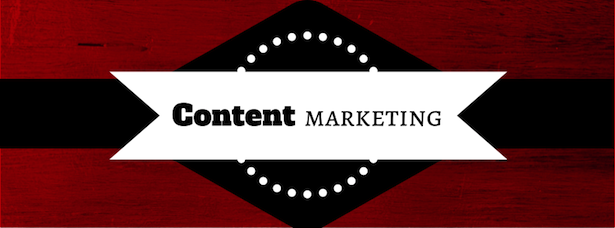Jay Baer states that a “lack of chatter isn’t a reason for your company to remain on the sidelines. Rather, it’s a signal that you need to make the first move.” Your content communicates with your followers and customers. Is your audience hearing from you on a consistent basis? If so, then you’ll be hearing from them.
Scott Monty, head of Global Digital Communications at Ford Motor Company, said: “Content is the currency of social.” (Dreamforce 2012). Social Media uses both text and visual content. Its very nature is to encourage a response from the user, be it a share, like, or comment. When user engagement occurs through content posted by a business, it leads to increased traffic and loyalty.
Let’s take a look at how you can increase engagement and grow relationships with your followers through content marketing. We’ll address this topic by going through the four “W” questions.
1. What?
Keyword: Evaluate
What type of action do you get from your content? By action, I mean social sharing, likes, comments and any other actions your followers can do around your content. You can use each platform’s built-in analytics tools or a Social Media management tool such as HootSuite. This should give you a clear picture of which posts are working on the different sites. Ditch the stuff that doesn’t work, build on what does, and experiment with other types of content.
When you understand your audience you can tailor your content to their interests, which will lead to more engagement. You want to provide them with a learning experience, while keeping their interest and heightening their engagement. Mix it up by including posts that are entertaining, motivational, and talk about who you are. You want your business to stand out above the others in your industry by producing content that shows your authority and draws your audience in.
Takeaway: Provide quality content that informs, addresses your audience’s needs, educates and entertains.
2. Why?
Keyword: Purpose
Why are you posting content, and why that specific content? Determine who it is you want to reach and why. Use that focus to scrutinize what you post. If it’s totally irrelevant to your purpose and mission then don’t use it. I’m not saying don’t post entertaining content or information that isn’t about your industry. If it helps form a connection with your followers, then by all means post it. After all, you want to come off as personable and human.
Encouraging interaction and feedback centered around purposeful and valuable content will lead to increased user engagement, which in turn brings in more traffic. When you engage readers with your content and interaction, they feel that their opinion is valuable to you, especially if you’re careful to include them in the conversation and respond to them.
Takeaway: Produce content that encourages engagement, and when your audience responds that’s your opportunity to interact with them.
3. When?
Keyword: Strategy
Are your posts strategic in type and timing? Content creation and marketing takes time and thought. Organization will help you plan it out, which is why an editorial or content calendar for each platform is essential. Not only will it keep you from going crazy (very important from my viewpoint!) but it will help you keep track of the type of content you are posting on each network and when.
Using a spreadsheet or calendar template to write in your content topics for the days you post, will keep you focused and help you determine what you want to concentrate on. You can use an application such as HootSuite, Sprout Social or any of the others you can find online to schedule your posts on the days you choose.
Be aware of holidays and what is going on in technology and the news. Your timing on these needs to be accurate and at times, spontaneous as something new occurs.
Takeaway: Be consistent in how often you post and the type of content you produce. This will give your brand a strong online voice.
4. Where?
Keyword: Platform
Is your content designed for the platforms it will appear on? Different people frequent different Social Media platforms, and so your content should also be different depending on where you have a presence. Tailor your content to the platform and the people who use it.
Once you determine your target audience you can research competitor sites and social networks to gain an understanding of who they are and what they like. Identify your industry’s keywords that will generate the most traffic and engagement on each platform you decide to use. You can use a tool such as Google Analytics to do this. These measurements will help you determine which social media platforms your brand should be present on.
Takeaway: Know your target audience by going where they congregate online and researching their content, questions and interests.
Are you delivering quality and consistent content to your target audience? A content marketing strategy is key to building your social online presence. Focusing on your audience and what you can bring to them will not only increase this social presence, but will drive potential customers to your website and create loyal, engaged followers.
Do you have other strategies that have worked for increasing engagement with your followers? Tell us about it the comment section.


